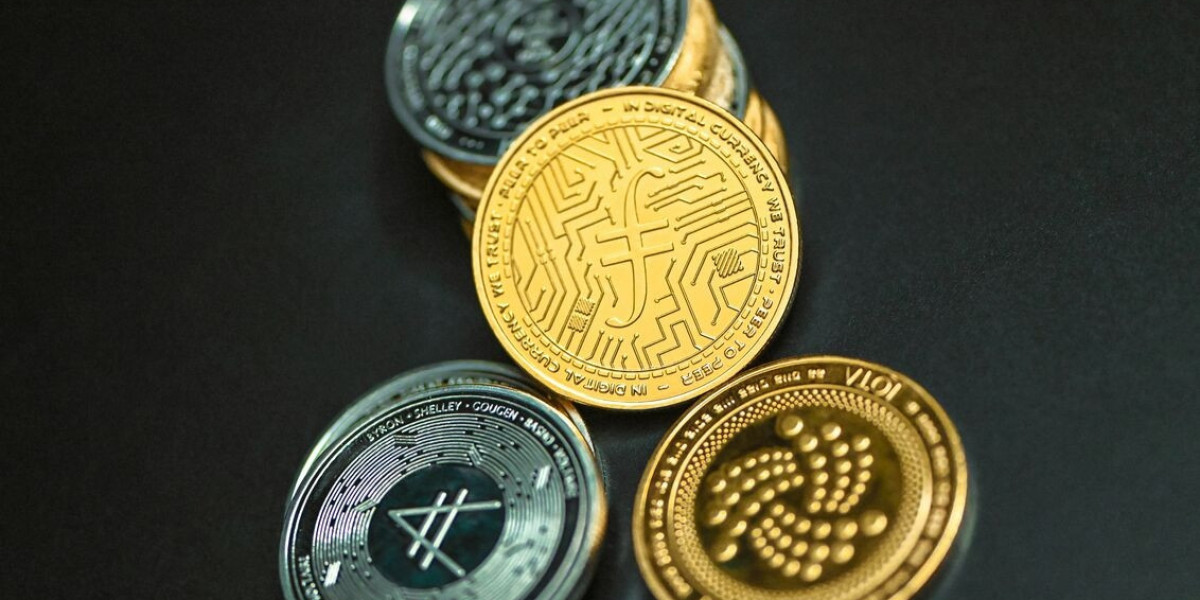Cryptocurrency trading has evolved rapidly since the launch of the first centralized exchanges more than a decade ago. While these platforms provided accessibility for millions of users, they also introduced risks related to custody, security, and regulation. In response, decentralized exchanges (DEXs) have emerged as an alternative, offering a trustless and transparent way for users to trade digital assets. The rise of DEXs represents a fundamental shift in how markets operate and how individuals interact with financial systems.
What Is a Decentralized Exchange?
A decentralized exchange is a platform that allows users to trade cryptocurrencies directly with one another without the need for an intermediary. Instead of relying on a central authority to manage orders and hold funds, DEXs use smart contracts on blockchain networks to facilitate peer-to-peer trading. This structure empowers users by giving them control of their assets at all times.
How DEXs Differ from Centralized Exchanges
The differences between centralized exchanges (CEXs) and decentralized exchanges highlight why DEXs are gaining popularity:
Custody of Assets: On CEXs, users deposit funds into exchange wallets, making them vulnerable to hacks or mismanagement. DEXs allow users to retain control of their private keys.
Transparency: All trades on a DEX are executed on the blockchain, ensuring full visibility and traceability.
Accessibility: DEXs are open to anyone with a compatible wallet, reducing reliance on sign-ups or approval processes.
Security: By removing centralized custodians, DEXs eliminate a single point of failure.
The Role of Automated Market Makers (AMMs)
Traditional exchanges use order books to match buyers and sellers. DEXs introduced a new model called automated market makers (AMMs). Instead of order books, AMMs rely on liquidity pools, which are collections of tokens locked in smart contracts by liquidity providers. Traders can swap tokens directly with these pools, and the pricing is determined by mathematical algorithms.
This model has made trading more efficient, eliminating the need for a constant stream of buyers and sellers to provide liquidity. It also allows anyone to contribute liquidity and earn fees, creating new opportunities for participation.
Benefits of Decentralized Exchanges
The growing adoption of DEXs is fueled by their unique advantages:
User Empowerment: Traders have full ownership and control of their funds.
Global Access: Anyone can trade without restrictions based on geography or financial background.
Censorship Resistance: With no central authority, it is harder for external entities to block or restrict transactions.
Innovation: DEXs are often at the forefront of experimentation, introducing features like yield farming, cross-chain swaps, and synthetic assets.
Challenges Facing DEXs
Despite their benefits, DEXs face several challenges that limit their widespread adoption:
Scalability: High transaction fees and network congestion on popular blockchains can make trading costly and slow.
User Experience: DEXs are less intuitive than centralized platforms, posing barriers for beginners.
Regulatory Uncertainty: Authorities are still determining how to regulate decentralized platforms, especially those without clear leadership structures.
Smart Contract Risks: Vulnerabilities in code can lead to exploits, resulting in significant losses for users and liquidity providers.
The Future of DEXs
The trajectory of decentralized exchanges is promising. Several developments are expected to shape their future:
Layer-2 Solutions: Technologies designed to scale blockchains, such as rollups, will help DEXs handle more transactions at lower costs.
Cross-Chain Trading: As blockchain ecosystems expand, interoperability solutions will allow DEXs to facilitate seamless swaps across different networks.
Integration with DeFi: DEXs will continue to integrate with lending, borrowing, and yield-generating protocols, creating more robust financial ecosystems.
Institutional Interest: As regulations become clearer, institutions may explore DEXs as secure alternatives for trading digital assets.
Conclusion
Decentralized exchanges represent a major step toward a financial system that prioritizes transparency, security, and individual control. While centralized platforms remain dominant due to their ease of use and liquidity, the growth of DEXs highlights a demand for alternatives that align more closely with the principles of decentralization. As technology improves and challenges are addressed, decentralized exchanges are poised to play an increasingly important role in shaping the future of global finance.














